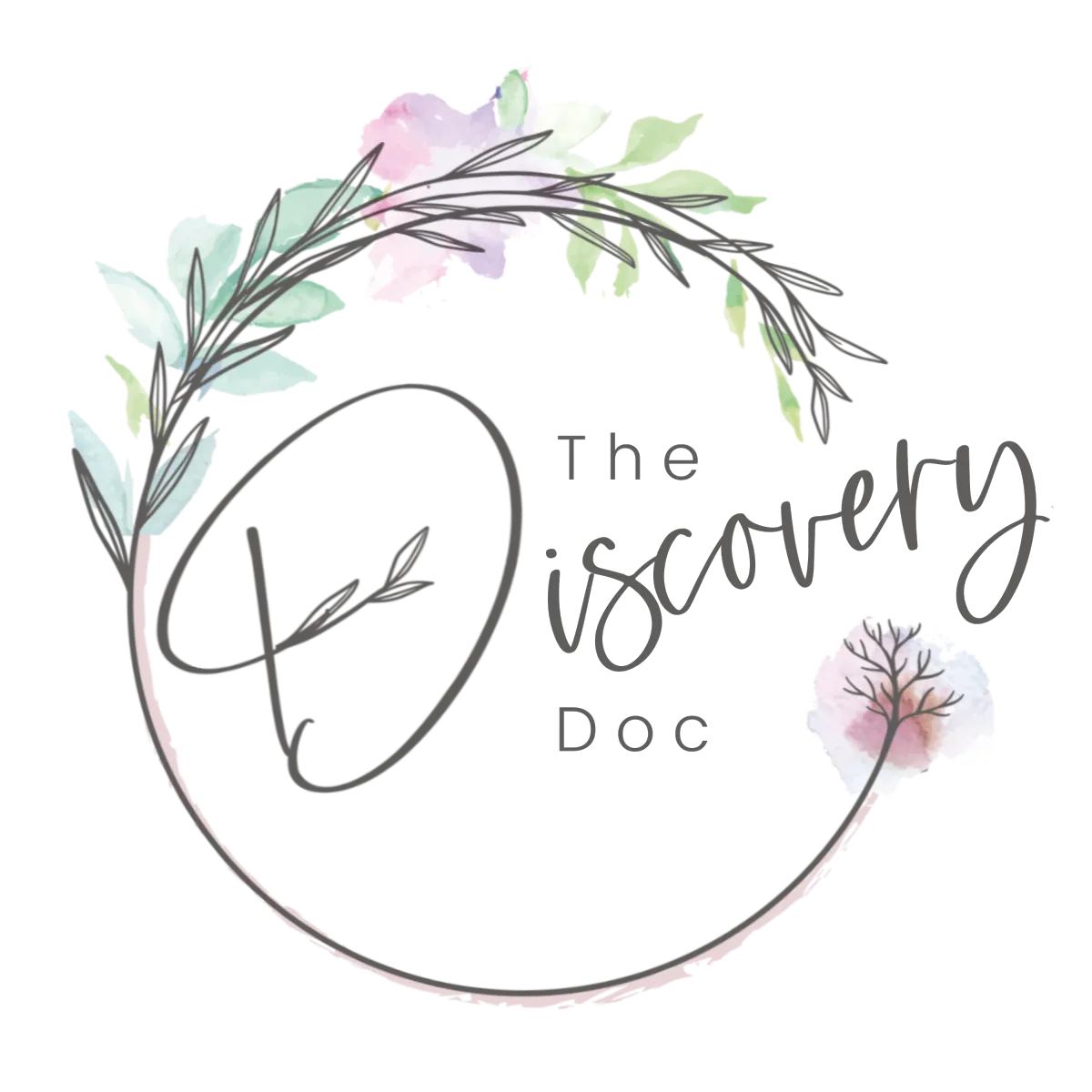Blog

Ready for Pure Water? How Filtration can help you get there, fast
The Complexity of Non-Toxic Living: "When I was first starting through this journey of non toxic living, it can be so overwhelming and you just look at all the negatives and then everyone on social media is like, don't eat this, do this, don't do this, do this. And it can be a very damaging place to be."
— Dr. CeCe
Ready for Pure Water? How Filtration can help you get there, fast.
Understanding the Basics: Filtration and Contaminants
Water is a critical part of our daily lifestyle, and ensuring its quality cannot be overstated. With a myriad of pollutants lurking in our water sources, it's crucial to understand how to protect oneself. Heavy metals, pesticides, herbicides, and even pharmaceuticals can slip into our water supplies, posing significant health risks. Carbon filters stand out as a budget-friendly option, efficiently removing various contaminants but not all. For more comprehensive cleansing, reverse osmosis can eliminate heavy metals, bacteria, and viruses. However, remember, it can strip water of beneficial minerals, emphasizing the need for remineralization to maintain health.
Bottled Water: Convenience vs. Caution
While bottled water offers convenience, it isn't free from concerns. Plastic bottles can leach chemicals into the water, especially when not stored correctly. Switching to glass containers can mitigate this risk. Specialty waters such as Fiji have their benefits, such as high silica content but cost and environmental considerations cannot be ignored. Before jumping onto trends like alkaline or ionized water, approach with skepticism and informed caution. The purported health benefits may not stand up to scientific scrutiny, and they may not tackle filtration needs.
Remineralization: A Key to Balanced Hydration
After water has been purified, it might lack essential minerals such as calcium and magnesium. Remineralization is vital for re-balancing water for safe consumption. Trace mineral drops are a convenient remedy, and natural salts like Himalayan pink salt serve as another resource for enriching water. Discussing water remineralization isn't just about taste; it's about ensuring that water contributes to your nutritional well-being.
Special Policies: Chloramine and Fluoride
In city water treatment, chlorine and fluoride are commonplace elements introduced to manage bacteria and viruses. However, their presence sparks debates concerning side effects and the balance between benefits and potential health risks such as neurotoxicity and thyroid function impact. Filtration systems that specifically address chloramine, a blend of ammonia and chlorine, are necessary to avert the risks of antibiotic resistance and the rise of superbugs.
Do-It-Yourself Water Testing
Don't just wonder about your water quality—test it! Home testing kits are accessible, whereas private lab testing, albeit costly, offers comprehensive results. No matter where you live, understanding the specific contaminants in your water is imperative for selecting the right filtration system.
Cutting-Edge Solutions: Ozone Water and Silica Supplements
Ozone water purification, an old-but-gold method, is making a comeback. Its pathogen-killing capabilities are unmatched, but moderation is key. Creating silica-rich water at home using bioavailable drops can also boost health, catering to hair growth and beyond.
Non-toxic Living: Starting with Water
Non-toxic living begins with understanding the basics, such as the intrinsic link between water quality and health. Water is a carrier of nutrients and a conduit for external contaminants. As discussed in this episode, informed decisions on water consumption are fundamental to maintaining a non-toxic lifestyle.
Conclusion: Education, Empowerment, and Action
Through understanding and proactivity, managing the quality of what we consume becomes less overwhelming. This episode not only demystified water contaminants and filtration methods but also empowered with practical advice. With information on testing, filtration, and remediation strategies, listeners are equipped to take control of their water quality, setting the stage for healthier living.
In the next episode, we'll shift focus to addressing air quality, another key component of non-toxic living. Stay tuned with Dr. CeCe and Annah Kate on 'Podcast,' as we continue to unveil the essentials for maintaining a healthy environment within our homes.
Discover More in Episode 36:
Dr. CeCe's Essential Task List for Ensuring Water Safety & Wellness:
1. Assess Your Water Source:
- Start by identifying your main water source, whether it’s city water or well water. Understand the common contaminants specific to your source.
- Strategies: Request a water quality report from your water provider or use a home water testing kit from a local hardware store.
2. Invest in Appropriate Water Filtration:
- Choose a filtration system tailored to remove specific contaminants found in your water analysis.
- Strategies: Consider options like carbon filters for common contaminants, reverse osmosis systems for a broader range, and re-mineralization solutions to enhance water quality.
3. Regular Testing and Maintenance:
- Continuously monitor the water quality at home and maintain your filtration systems for optimal performance.
- Strategies: Schedule bi-annual water testing and regular filter replacements as per the manufacturer's guidance or whenever there is a noticeable change in water taste or appearance.
4. Safe Water Practices for Health:
- Understand the best practices for water usage in daily activities, from drinking to cooking and personal hygiene.
- Strategies: Use distilled water for devices like neti pots and consume ozone or silica water mindfully, while prioritizing purified and mineralized water for drinking.
5. Educate and Empower Your Community:
- Share knowledge about the importance of clean water and the potential impacts of contaminants. Advocate for clean water initiatives within your community.
- Strategies: Host informational workshops, support local policy changes for water treatment, and spread awareness through social media or community bulletins.
Remember, like the journey to wellness, ensuring safe water is an iterative process that flourishes with informed decisions and consistent action. Join Dr. CeCe and Annah Kate next time as they guide us through enhancing another cornerstone of a healthy home: air quality. Let's continue discovering and empowering ourselves together to protect the health and wellness of our families.




